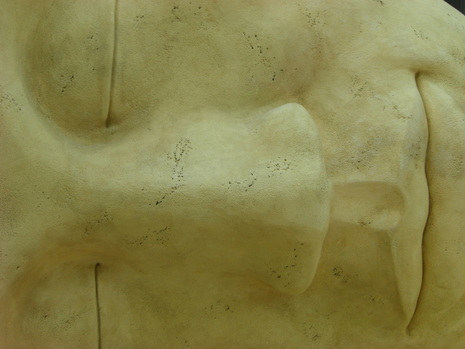n
MEMORIZE THE GRID
At times I think the Advanced tasting exam is a tale of the haves and the have-nots. By that I mean the haves as in those students who know the grid and taste regularly with a group vs. those who don’t. It’s a huge difference. But the most important thing—bar none—is having the grid memorized. It’s literally the single most vital factor for success in the Advanced tasting exam. If you go into the exam room not having the grid down cold you set yourself up for massive inconsistency from wine to wine with the not-too-remote possibility of leaving a lot of points on the table. Remember, odds are you will be nervous. Combine that with not knowing the grid well enough and it’s a recipe for disaster.
Memorize the Grid. Practice saying it to yourself hundreds and/or thousands of times until you always know what’s next.
This is key.
Know Basic Colors and Be Able to Connect the Dots
It’s critical to know the difference between straw, yellow, and gold for white wines, and purple, ruby, and garnet for red wines. Be able to see both trios of colors next to each other in your mind’s eye. Beyond that, connect the dots. In whites more color means oxidation in the form of oak treatment or bottle age or possible botrytis. The more oxidation in the color the more in the wine in the form of dried vs. fresh fruit and dried herbs vs. fresh—and the rest. With red wines the deeper the color the darker the fruits (and usually the higher the alcohol). The more garnet in the color the more oxidation in the wine for the reasons above.
Work on Your Memory for Basic Aromatics
You need a good working memory of all the major fruit groups and non-fruit aromas for both whites and reds. If you have trouble with something—melon or pepper or whatever—keep it your kitchen and smell/taste it. A LOT.
Quality of Fruits!
Ripe fruit often turns sour/tart on the palate. If it does note it. Be keen on sweet vs. tart citrus. That can also be important.
Taste what’s in the Glass
Use the grid as a check list to be thorough and consistent with each wine. Don’t give 10 fruits for a single wine or it looks like you’re making things up. Not good. And that means…
Avoid Hallucinating Things in the Glass
If you do you will quickly go down the rabbit hole and force the wine into something completely different from what it actually is. And you will be screwed.
Be Precise and Consistent with Structure—and Don’t Rush It!
When assessing structure ALWAYS re-taste the wine and then wait for 3-5 seconds before saying anything. That’s because for most people perceiving the levels of acid, alcohol, and tannin is delayed response. Rush the structure and you will be inconsistent at the very least or completely wrong.
Recognize the Signatures in Each Wine
Most wines have dominant aromatics that I call “prime factors” or “signatures.” In Sauvignon Blanc it’s pyrazines; in Viognier it’s both terpenes (flowers) and phenolic bitterness; in Syrah and Grüner Veltliner it’s pepper (rotundone). Beyond knowing the grid cold and being consistent with structure, knowing/recognizing these signatures is the most arguably the most important thing there is for the Advanced—even the Master’s—level exams. I wrote a post on it several months ago. You should check it out if you haven’t read it.
http://www.timgaiser.com/blog/tasting-strategies-interview-with-geoff-kruth-ms
Practice the Classics
In your tasting groups only use good examples of classic wines. Avoid bottles that aren’t good, mainstream examples of classic grape varieties/wines. Otherwise you’re wasting time.
Lieder ohne Worte—Songs without Words—Practicing Tasting without Wine
Practice tasting in your head 10 times more than physically tasting wine. By that I mean practice seeing, smelling, and tasting internally the best possible examples of classic wines until you own them. Nail the conclusion every time. Being a good taster is all about memory. You don’t need wine physically in hand to do that. Practice!
nn
